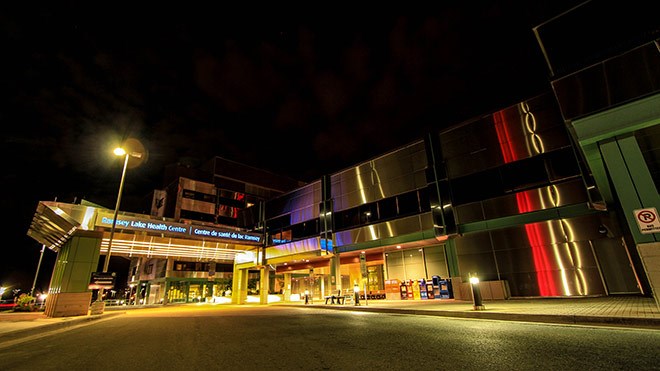Picture the current conditions in Liberia.
A sick patient is being readied for transfer to an isolation centre. Nurses are dressed in their full Ebola combat gear: body suit, apron, head-cover, facemask, goggles, face-shield, boots and rubber gloves.
They walk the patient to the ambulance for the 190-mile ride over roads that are dangerous traps of red mud — to the closest centre. Despite being drenched in sweat, the nurses do not risk removing their protective suits until discharging their patient 16 hours later.
In West Africa, many do not believe the idea that illnesses can be spread by viruses.
Spiritual explanations for the disease are common. Many people distrust government. Ministry of Health personnel have been attacked. When staff die in a treatment centre, many become frightened and stay at home. Everything is in short supply.
Ebola is spreading in three desperately poor countries with a combined population of 20 million people.
Would it not be better to build a sufficient number of accessible treatment centres and portable laboratories? Go where the people are.
Mobile laboratory testing would identify early on those patients who need isolation. New vaccines would offer protection and give re-assurance to health-care workers. ZMAPP, a vaccine partly developed by Canada, shows promise, but has not been tested in humans.
International aid has been slow. Airlines responded by stopping flights. Ottawa auctioned off millions of masks and hundreds of thousands of gloves to businessmen even after receiving multiple requests from Sierra Leone for these very supplies needed for fighting the Ebola crisis.
The first request came in June. The auctions were stopped in early September. In the absence of sufficient resources, there are plans for makeshift clinics staffed by Ebola survivors who have gained immunity.
The US now plans to build at least a dozen 100-bed field hospitals. Britain is sending a medical ship and helicopters. Canada intends to start shipping experimental vaccine and has promised money.
This activity comes after Mr. Duncan, transferred with Ebola from Liberia, died in a Dallas hospital and two nurses who treated him developed positive blood tests. Canada is tightening procedures at its airports and updating plans should there be a case in Canada.
Health Sciences North has been asked to prepare for treating Ebola patients.
Ebola is a deadly, but slow-moving virus. The first case was identified December 2013. The total number of cases now stands at 10,000 with 5,000 deaths. The number of cases has been doubling every 20 days.
By the spring of 2015, estimates vary from 20,000 to 40,000 cases if proper isolation techniques are used — but more than a million if they aren't. To slow the rate of infection, the international effort has to increase dramatically.
Will governments rise to the challenge? New, more quickly spreading strains of deadly organisms may emerge at any time. Ebola is a test of readiness for an increasingly interconnected world.
Dr. Peter Zalan is president of the medical staff at Health Sciences North.
Join Sudbury.com+
- Messages
- Post a Listing
- Your Listings
- Your Profile
- Your Subscriptions
- Your Likes
- Your Business
- Support Local News
- Payment History
Sudbury.com+ members
Already a +member?
Not a +member?
Sign up for a Sudbury.com+ account for instant access to upcoming contests, local offers, auctions and so much more.
